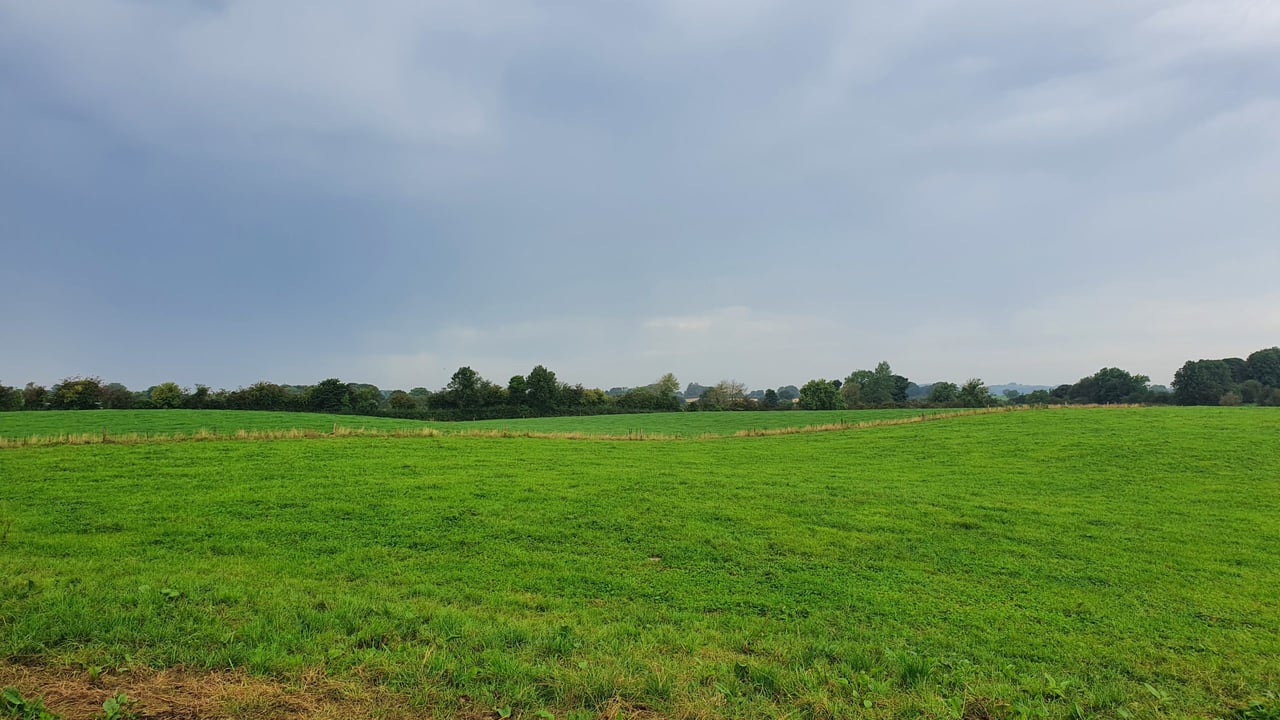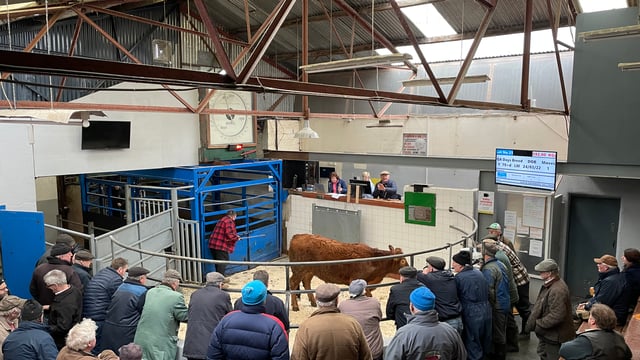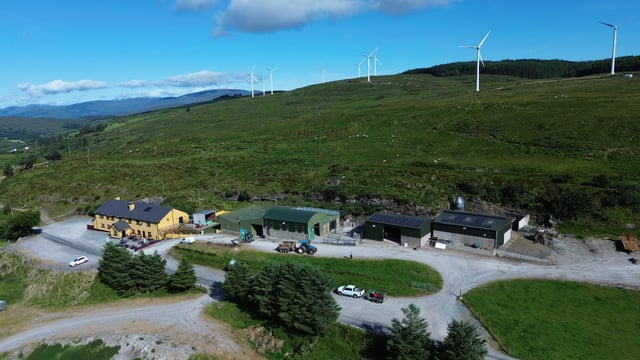Dealing with low grass growth rates and moisture deficits
With grass growth rates stagnated across the country and with moisture deficits seen in most areas, farmers worry about their cow's energy intake, maintaining average farm cover and fodder budgeting for the winter ahead.
Some areas received quite a bit of rain last weekend, however for a lot of parts of the country, farmers are still suffering with moisture deficits.
In a time like this, your farm situation needs to be assessed to make sure your cows are meeting their required feed intakes to maximise your milk production.
There needs to be an emphasis on farm cover management in order to maximise the chances of a fast recovery when decent precipitation levels do arrive.
It is always a good idea to have an overview or reassess your fodder budget and to see what impact this weather and conditions are having on your feed stocks.
Moisture deficits on feed intakes
The goal for this time of the year should be making sure that your cows' daily intake requirements are being met and ensuring an intake of 18-18.5kg DM/cow.
As grass supply is tight for most farmers, many farmers have resorted to additional feeds to maintain the cows intake levels.
A drop of 1kg of dry matter (DM) in the cow's diet will subsequently lead to a drop of between 0.85 and 1.05 UFL, depending on the quality of the feed, which will result in a reduction of 2L/cow/day in milk production, according to Teagasc.
The amount of grass the cow is consuming should be calculated and then you can fill the gap with other feeds such as concentrates, silage or straights such as soya hulls.
When calculating how much grass the cow is intaking, or how much feed you've allocated, the quality of the pasture has to be considered as a cow is not going to have the same level of intakes on poor quality, stemmy grass.
Average farm cover
The aim should be to try and maintain a decent average farm cover (AFC), aiming for an AFC of over 500-600kg DM/ha which equates to 150kg DM/LU.
A decent AFC will ensure a fast recovery in growth rates once rainfall comes. Additionally, as well as recovering slower, farms with low cover will dry up quicker due to to lack of cover on the soil.
The recommendation is to bring your grass demand down with the farm grass growth, and keeping a close eye on how regrowths are progressing.
A 21-25-day grazing rotation allocated to the cows, giving them 1/25 of the grazing platform per day, as this will allow covers to build back up.
In an ideal world, extending the grazing area for the cows is the best option at this time of the year, but, that is not possible for every farmer, so extra supplementation is the next option.
When growth rates do spike back up, it is important to maintain extra supplementation in their diet until the grass supply recovers to around 180kg DM/ha.
Fodder budget
Completing or reassessing your winter fodder budget is something that has to be considered as the current poor growth rates are having a toll on winter feed supplies.
As a lot of farmers are currently feeding out surplus bales and silage to their cows to fill the gap in their intake deficits, while some are grazing their second cut silage to see them out.
Additionally, there has been reduction in the amount of fodder conserved, as there has been few opportunities to take out surplus paddocks.
Growth rates for second cut have been very slow which means their could be a fodder deficit for next winter.
However, there is still a number of weeks for most farmers until second cut silage is harvested, meaning there is still time for grass to recover.
A fodder budget must be completed as where there is an identification of a fodder shortfall, as doing so will give you time to react and rectify the situation.





